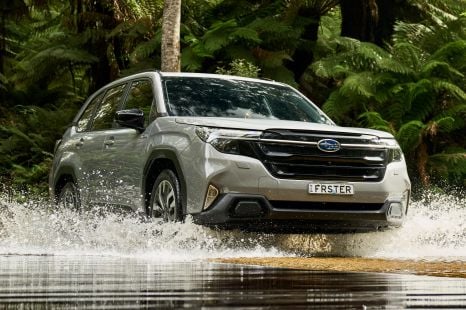

Max Davies
3 Days Ago
The new Triton is coming soon. Check out our speculative renders based on recent spy shots, and read about what we know so far.

Senior Contributor
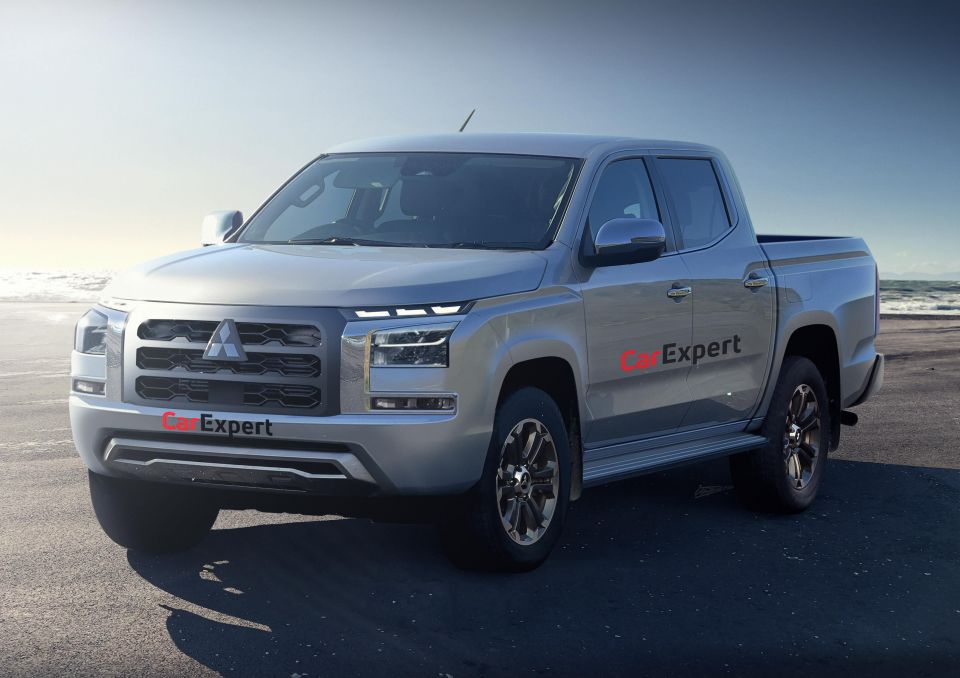

Senior Contributor
Mitsubishi Motors is busily late-stage testing its next-generation Triton/L200 ute, with an expected reveal before the end of the current Japanese financial year in March 2023.
As one of Australia’s top-selling vehicles, a new Triton is of intense interest in the local market.
This larger new model will offer a much more modern interior, a new-generation diesel engine, and should make use of Mitsubishi’s expertise in plug-in hybrid (PHEV) technology – eventually.

The Triton has long been an entry point for ute buyers that undercuts the Toyota HiLux, Ford Ranger, Isuzu D-Max and all the rest.
But these days it’s also being challenged at the cheap end of the market by the Chinese GWM Ute and LDV T60, plus South Korea’s SsangYong Musso.
The new Triton will form the basis of the next-generation Nissan Navara, with the Renault-Nissan-Mitsubishi Alliance pushing hard to reduce overlap.
It’s not clear how differentiated they’ll be from a design standpoint: they could be very different like the new Ranger and Volkswagen Amarok siblings, or similar to behold like the Isuzu D-Max and Mazda BT-50 twins.

Mitsubishi used its ‘Small but Beautiful’ business plan, released in June 2020 and updated in May 2021, to explain it would reveal the new Triton in FY2022-23.
The Japanese financial year goes from April 1 to March 31, so a launch by March 2023 is on the cards. That said, we do live in the age of delays…
Without giving much away, the company said it was working on a “next generation diesel” and planned “improvement of frame model performance” – referring to body-on-frame ladder chassis models.
Given Mitsubishi considers ASEAN and Oceania as its key regions, expect a local launch quite soon after the reveal.
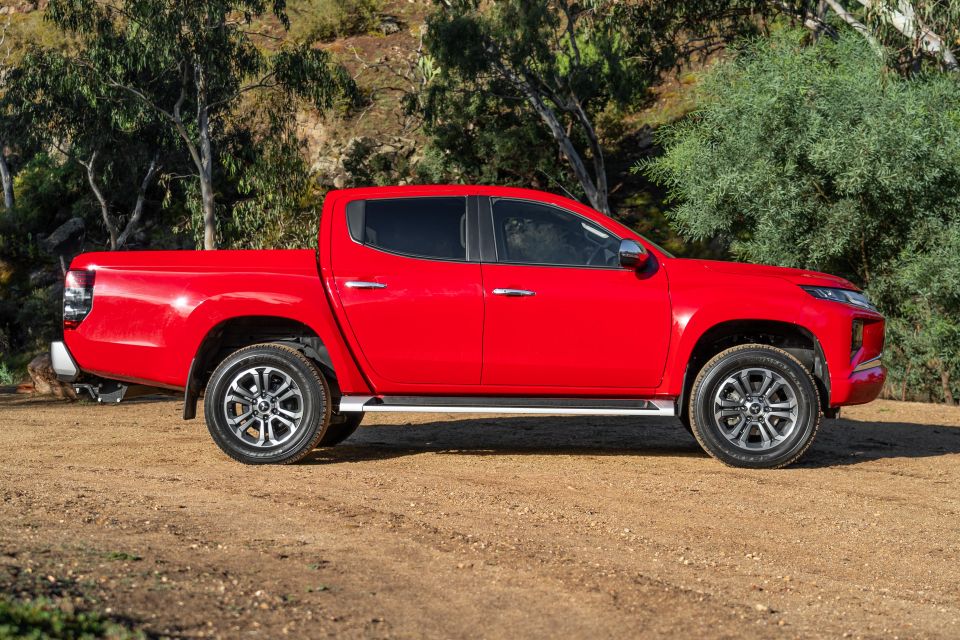
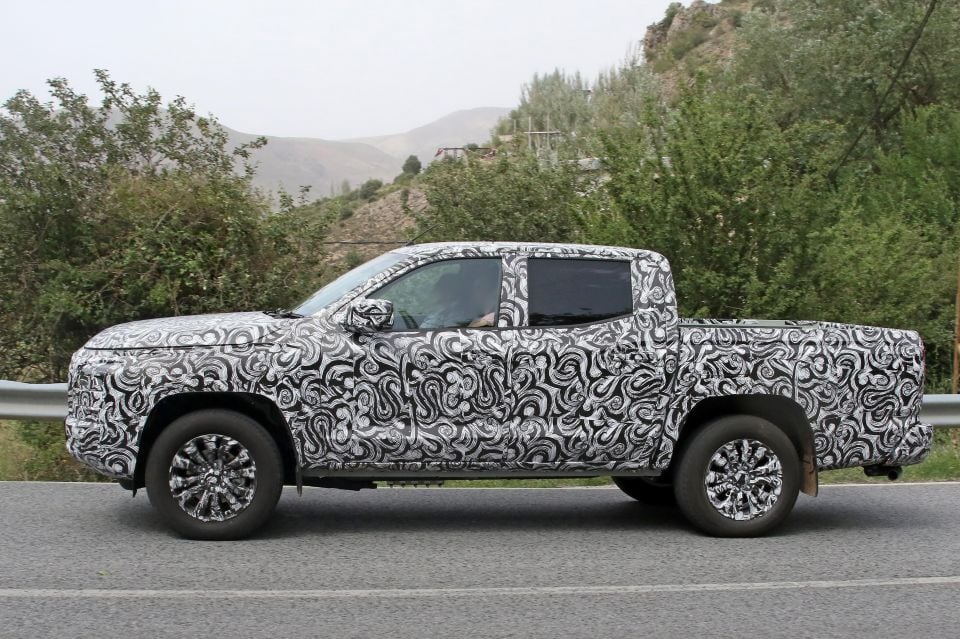
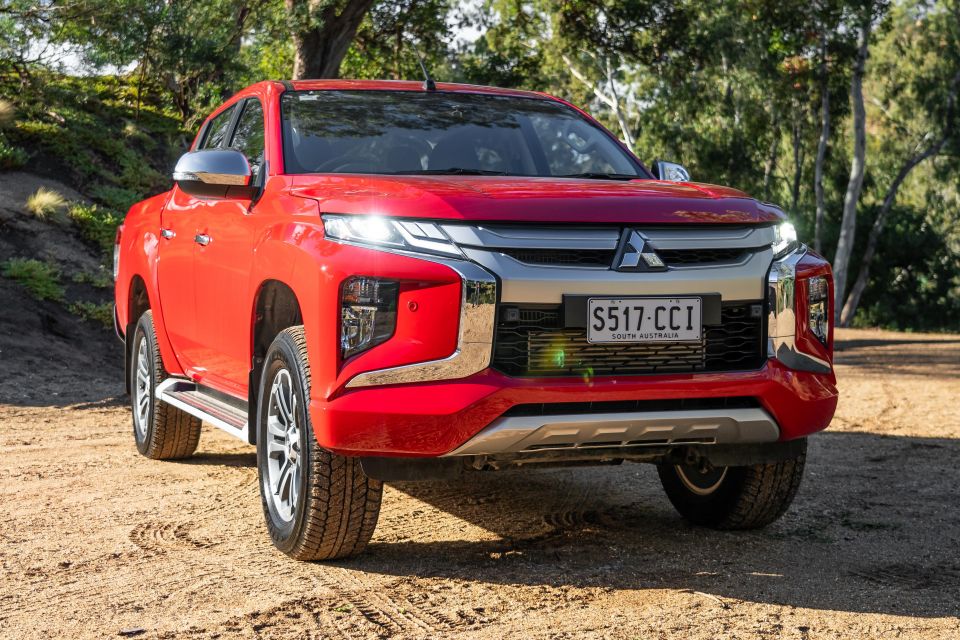
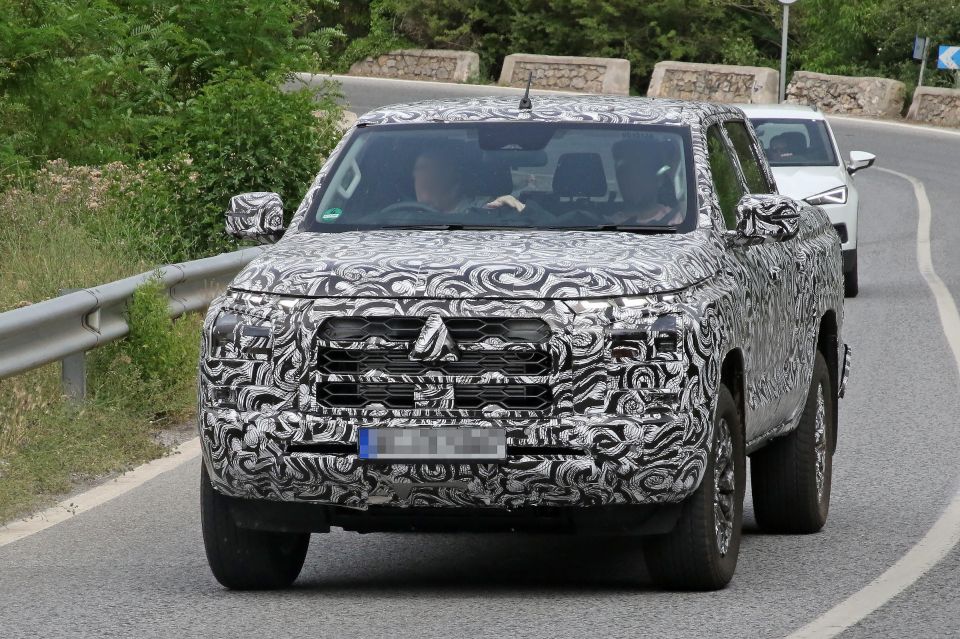
At the start of July this year our Europe-based spy photographers grabbed some snaps of this new model for the first time, in disguise and undergoing winter testing.
That suggests much of the development work is done, with physical prototypes these days used more for later-stage refinements and honing, once computer programs have done their work.
Beneath the camouflage, it looks like the new model is a bit longer overall and in terms of wheelbase, and potentially wider given the current model is quite narrow by today’s standards.


Those back doors look to offer a larger aperture, suggesting greater second-row comfort.
A new version of the current Triton’s signature strong shoulder line will feature, so too will the rear-side window which still kicks up near the c-pillar.
The new clamshell bonnet design looks different, but the ‘Dynamic Shield’ grille and slim light singatures look more evolutionary than revolutionary. The back window also looks a little larger.

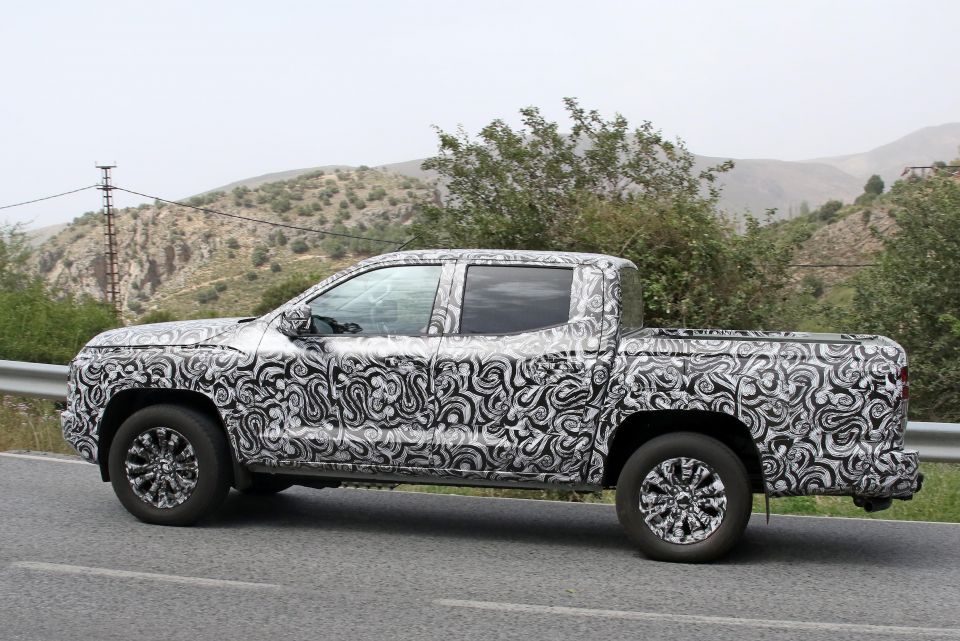
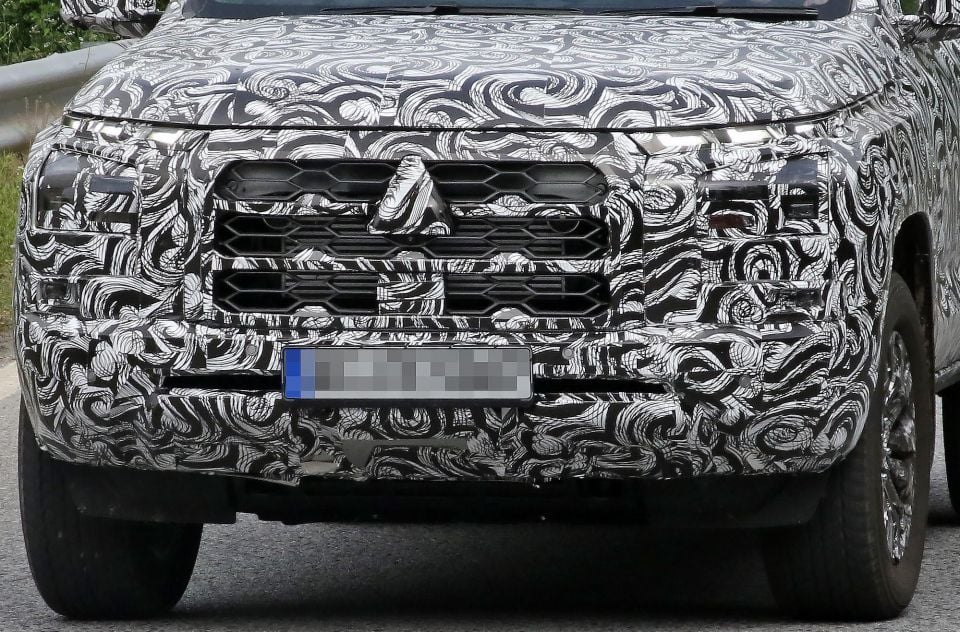
Australia isn’t just a leading market for Triton sales, it also plays a role in development.
“Triton is a really important product for us, and it’s a really important product for MMC globally, so we’ve been part of that project since day one,” Mitsubishi Australia senior manager of product strategy Owen Thomson told us.
That means local development and validation, and input into the design from a very early stage using market research and customer feedback.
“The other thing is the way the vehicle drives, particularly around suspension. We have huge diversity around geography and conditions, not just climactic but in our road conditions.
“We’re of the belief… if it works in Australia it’s probably going to work anywhere,” Mr Thomson finished.
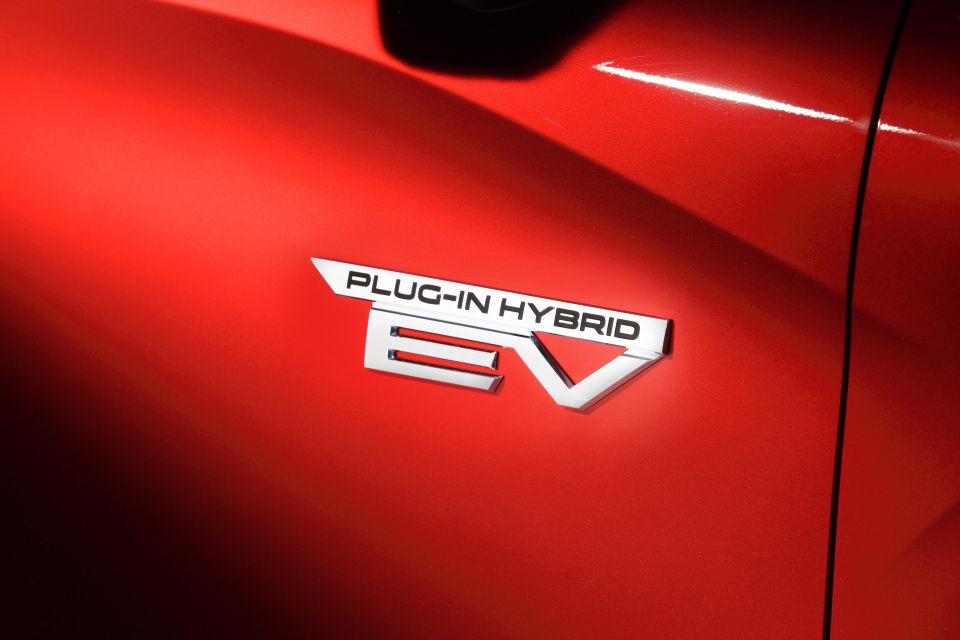
Expect diesel to be the focus at first, however there’s no doubt Mitsubishi will expand its well-known PHEV technology into a commercial application. The company has already confirmed as much.
“It’s clear that some time during this decade there’s going to be all forms of electrification of utes, it’s just a matter of what form that will take and when it happens,” explained Mr Thomson.
“It’s been under consideration from day one in the Triton plan.”
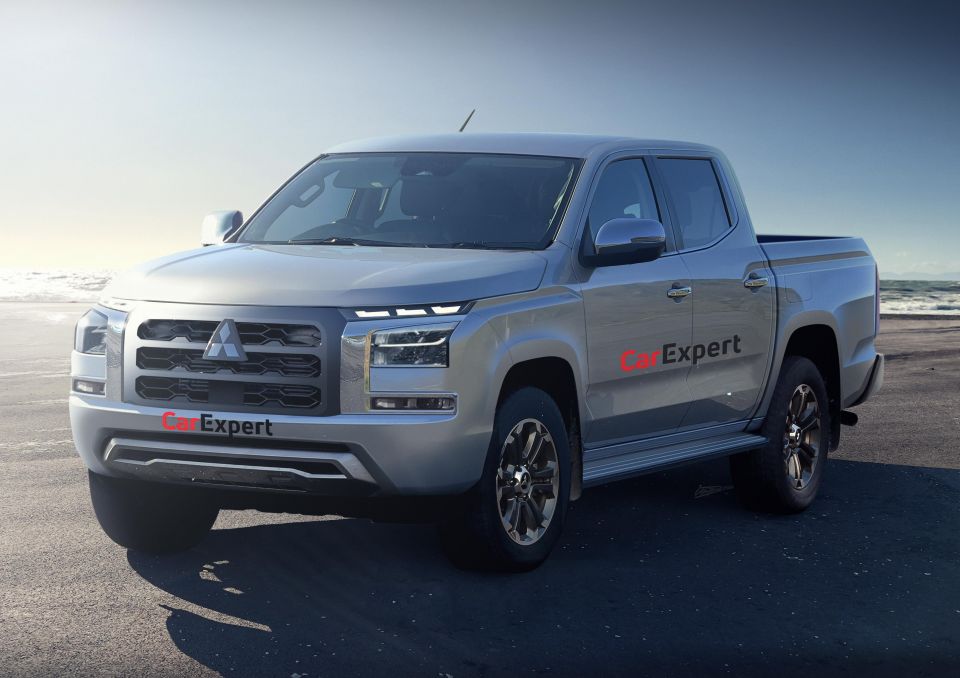
Plug-in hybrids offer daily electric driving with a combustion engine backup for longer trips. Onboard batteries allow vehicle-to-load charging, and can power tools and other equipment.
The mooted next-gen Triton Plug-in Hybrid would line-up against the PHEV version of Ford’s next-generation Australian-engineered Ranger, confirmed for launch by 2024 with a focus on Europe’s stringent CO2 caps.
Mitsubishi says PHEVs are a crucial gateway to the wider take-up of full-electric vehicles (EVs) in the Australian market, but adds not all commercial ute buyers will want the tech.


Car makers all know modified utes sold through dealers are huge cash cows. Consider the Ford Ranger Raptor, Toyota HiLux Rogue, Volkswagen Amarok W Series, and Nissan Navara Warrior range.
Mitsubishi seems highly likely to offer some sort of flagship Triton, to serve as a halo model. It’s not enough to be utilitarian, you need to be desirable to sell in this market…
Team Mitsubishi Ralliart recently revealed a current-gen Triton-based off-road racer for the 2022 Asia Cross Country Rally (AXCR), marking the Japanese brand’s return to motorsport.
Keener followers may also recall the 2019 Triton Absolute concept, a raised and uprated concept Triton designed to “gauge public interest and feedback”.
A company as fiscally conservative as Mitsubishi doesn’t bother doing either of these things unless there’s some real-world relevance to the programs. Watch this space…
Take advantage of Australia's BIGGEST new car website to find a great deal on a Mitsubishi Triton.


Max Davies
3 Days Ago
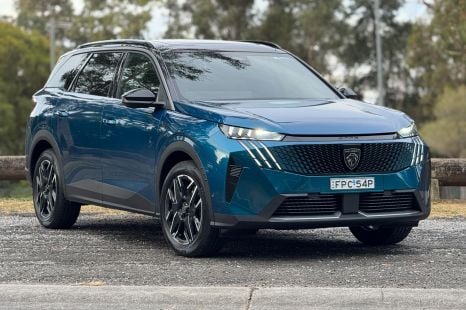

Matt Campbell
2 Days Ago
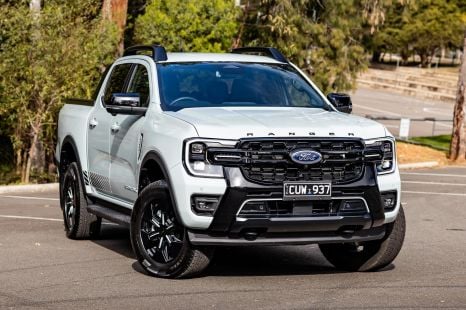

Matt Campbell
1 Day Ago
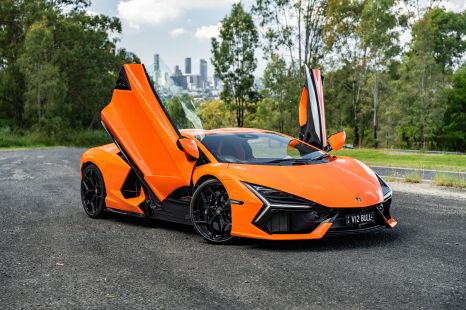

Alborz Fallah
23 Hours Ago
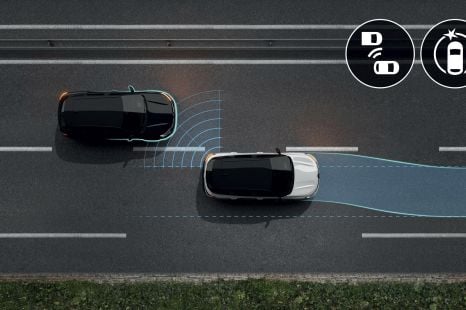

Damion Smy
18 Hours Ago
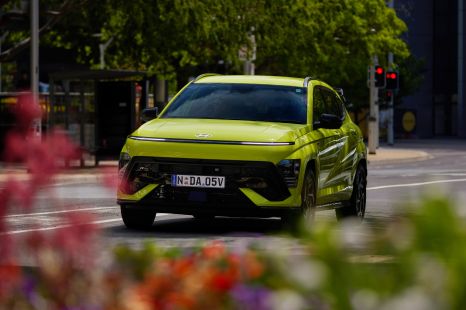

William Stopford
18 Hours Ago